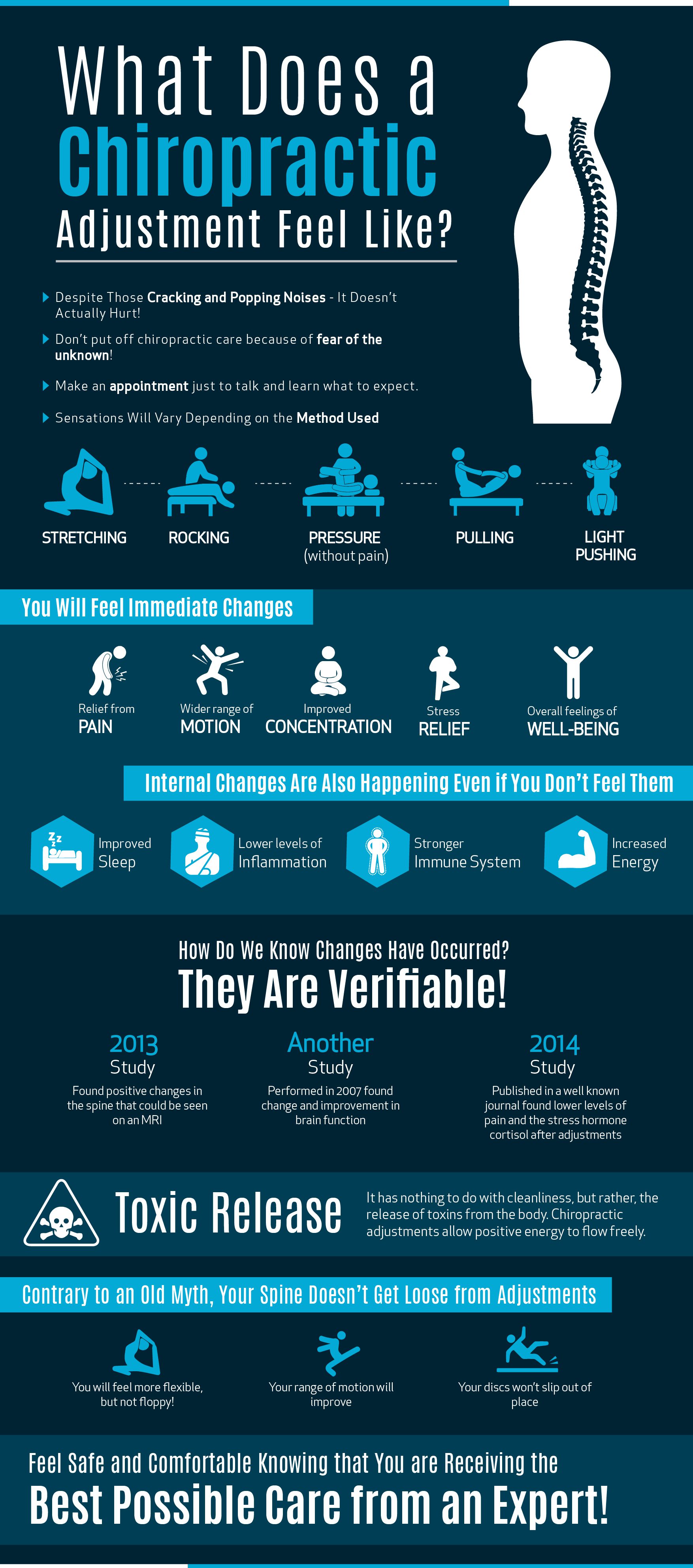Daily Practices That Lead To Back Pain And Approaches For Prevention
Daily Practices That Lead To Back Pain And Approaches For Prevention
Blog Article
Content Create By-Love Secher
Keeping correct pose and preventing typical pitfalls in everyday tasks can dramatically impact your back health. From just how you sit at your desk to just how you lift hefty objects, small modifications can make a big distinction. Think of a day without the nagging neck and back pain that hinders your every move; the service may be easier than you believe. By making a few tweaks to your day-to-day routines, you could be on your method to a pain-free presence.
Poor Pose and Sedentary Way Of Life
Poor position and a sedentary lifestyle are two major factors to pain in the back. When you slouch or hunch over while resting or standing, you placed unnecessary pressure on your back muscle mass and spinal column. This can result in muscular tissue inequalities, stress, and ultimately, persistent neck and back pain. In addition, sitting for long periods without breaks or physical activity can damage your back muscles and cause stiffness and discomfort.
To battle poor posture, make a conscious effort to sit and stand up straight with your shoulders back and lined up with your ears. Keep in mind to maintain your feet flat on the ground and avoid crossing your legs for extended durations.
Including regular extending and reinforcing exercises right into your day-to-day regimen can also aid boost your position and relieve pain in the back associated with a less active lifestyle.
Incorrect Lifting Techniques
Improper training strategies can significantly contribute to pain in the back and injuries. When you lift heavy items, bear in mind to flex your knees and utilize your legs to raise, rather than relying on your back muscles. Avoid turning your body while training and keep the things near your body to minimize strain on your back. It's vital to keep a straight back and avoid rounding your shoulders while raising to avoid unneeded stress on your spinal column.
Constantly evaluate the weight of the object before raising it. If it's too heavy, request for help or usage tools like a dolly or cart to carry it safely.
Remember to take breaks throughout lifting jobs to give your back muscle mass an opportunity to rest and prevent overexertion. By carrying out appropriate training methods, you can protect against back pain and reduce the threat of injuries, guaranteeing your back stays healthy and strong for the long term.
Absence of Normal Exercise and Extending
An inactive way of life devoid of routine workout and extending can significantly add to pain in the back and pain. When you don't engage in physical activity, your muscular tissues become weak and inflexible, leading to bad stance and raised pressure on your back. Routine exercise assists reinforce the muscles that sustain your spine, enhancing security and decreasing the threat of back pain. Incorporating stretching into your regimen can also enhance flexibility, protecting against tightness and pain in your back muscle mass.
To stay clear of back pain triggered by a lack of exercise and extending, aim for at the very least thirty minutes of modest exercise most days of the week. Include spinal cord pain that target your core muscular tissues, as a strong core can aid relieve stress on your back.
Furthermore, take breaks to extend and relocate throughout the day, especially if you have a workdesk job. Easy stretches like touching your toes or doing shoulder rolls can aid relieve tension and protect against back pain. Focusing on routine exercise and extending can go a long way in keeping a healthy back and minimizing pain.
Verdict
So, keep in mind to sit up right, lift with your legs, and stay active to prevent back pain. By making straightforward changes to your everyday routines, you can avoid the pain and constraints that feature pain in the back. Take care of your spine and muscle mass by practicing great posture, appropriate lifting methods, and normal workout. Your back will certainly thanks for it!
